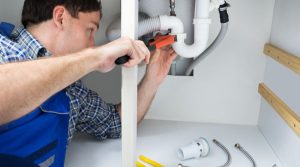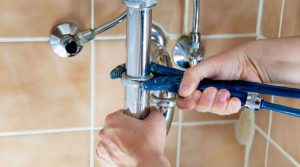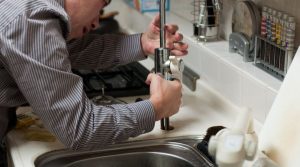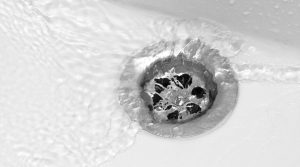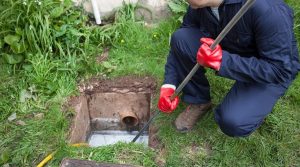When a toilet becomes clogged, you should grab the nearest flange plunger and clear the obstruction within a minute or two. But what do you do if you don’t have a plunger and your toilet is clogged? Perhaps you just moved into a new residence. Perhaps you are at a friend’s residence in which a plunger is unavailable. Exist any methods for unclogging a toilet than the plunger?
Fortunately, unclogging a toilet without a plunger is not as difficult (or disgusting) as you may think! There are, in fact, some surprisingly simple ways to clear even the most stubborn clogs without a plunger. Here are the most effective methods for unclogging a toilet, in the order in which you should try them:
#1: Method for Unclogging a Toilet Using Hot Water
First, obtain a large pail of boiling water. Important: the desired temperature is warm, but NOT boiling. The porcelain toilet bowl could be damaged by boiling water. Fill a bucket with the hottest water available from your faucet. Pour this hot water into the toilet bowl until it is nearly full and allow it to sit for a moment.
The heat should aid in decomposing solid waste sufficiently for the toilet to flush it away. Don’t panic if this doesn’t work; simply move on to the following ways. The “hot water toilet trick” is only the beginning.
#2: Use Dish Soap to Unclog Toilet
Pour a substantial amount of dish soap into the toilet bowl. Use a grease-cutting detergent like Dawn. Allow it to rest for approximately 15 minutes. The soap will aid in dissolving any solids. Additionally, it will lubricate the bowl and pipes, making it easier for the obstruction to slip into the drain.
After placing dish soap in the toilet, repeat the “hot water trick” Pour a kettle of hot (but not boiling) water into the bowl and let it to sit for around thirty minutes.
After allowing the water and soap to unclog, try flushing the toilet again. If it does not resolve the issue, repeat the steps or leave the dish soap in the toilet overnight.
#3: Epsom Salt for Toilet Unclogging
You’re in luck if you have Epsom salt hanging around. When Epsom salt is added to water, a chemical reaction causes the water to fizz and bubble. All that fizzing and bubbling can significantly aid in the dissolution of blockages.
Pour a substantial quantity of Epsom salt into the toilet bowl. Wait fifteen minutes before attempting to flush. The initial flush should yield positive outcomes. You could also combine this strategy with the dish soap and hot water method for added effectiveness.
#4: Use a Wire Hanger or Toilet Brush as Method
This is the most straightforward method for unclogging a drain. If heat and chemical reactions have failed, it’s time to get your hands dirty. If a toilet brush is available, use that; otherwise, unfurl a wire hanger. Insert the desired device into the toilet bowl’s entrance and jiggle it around.
Depending on the nature of the clog, this may be somewhat yucky, so we recommend using gloves. Ensure that you do not accidentally damage the toilet bowl while working. Porcelain can be easily scratched by wire hangers if you are overly rough or indifferent.
#5: Buy a Toilet Plunger
Hopefully, you have successfully unclogged the toilet. Now that it’s operational, there are a few steps you should take.
Initially, purchase a flange plunger. These approaches without a plunger will suffice in a pinch, but they are no substitute for the real thing.
Determine why your toilet became clogged in the first place. Does this occur frequently? If it happens, there may be a more major issue with your home’s plumbing.
#6: Call your local odor-free plumber
Sometimes, even with a plunger, it is impossible to clean a clogged drain without professional assistance. Occasionally, larger plumbing difficulties produce frustrating recurring clogs and other concerns. In any situation, contact the specialists at BJC Plumbers Jersey City. We’ll examine your home’s plumbing to determine why you’re experiencing these obstructions. We can help ensure that you won’t need a new plunger for a while.


